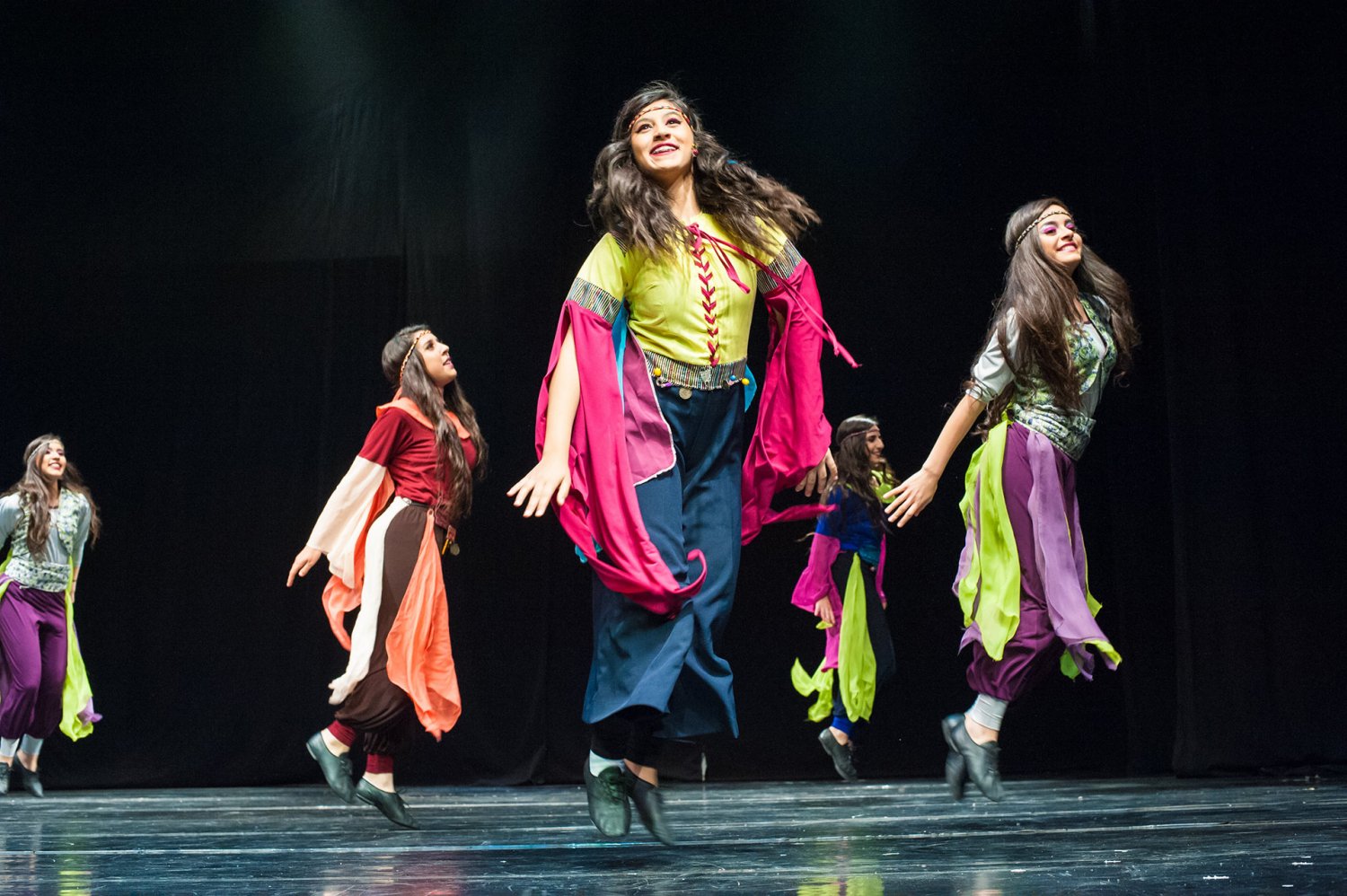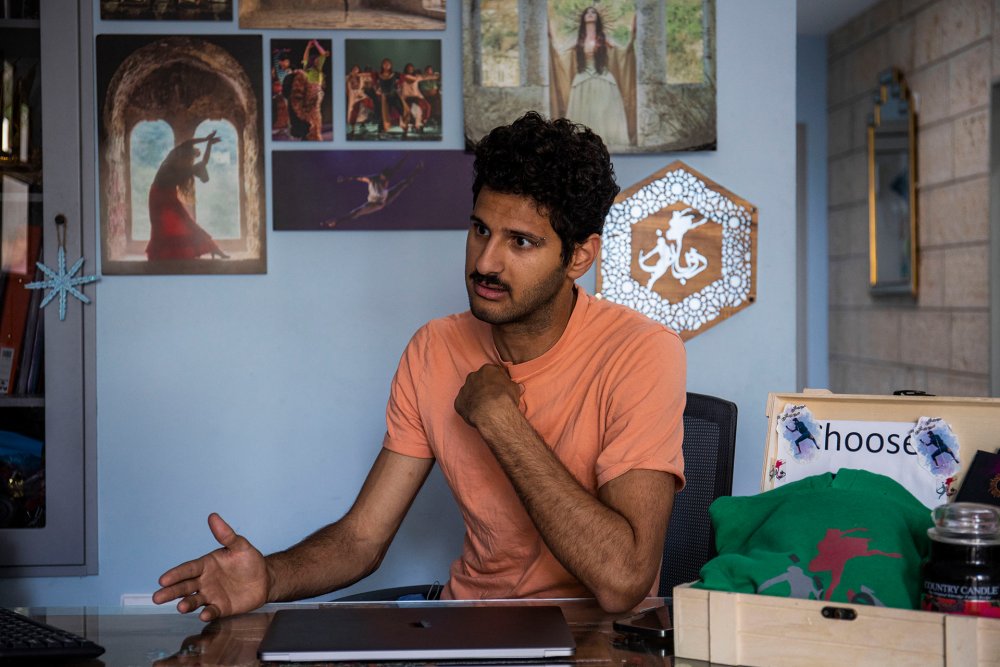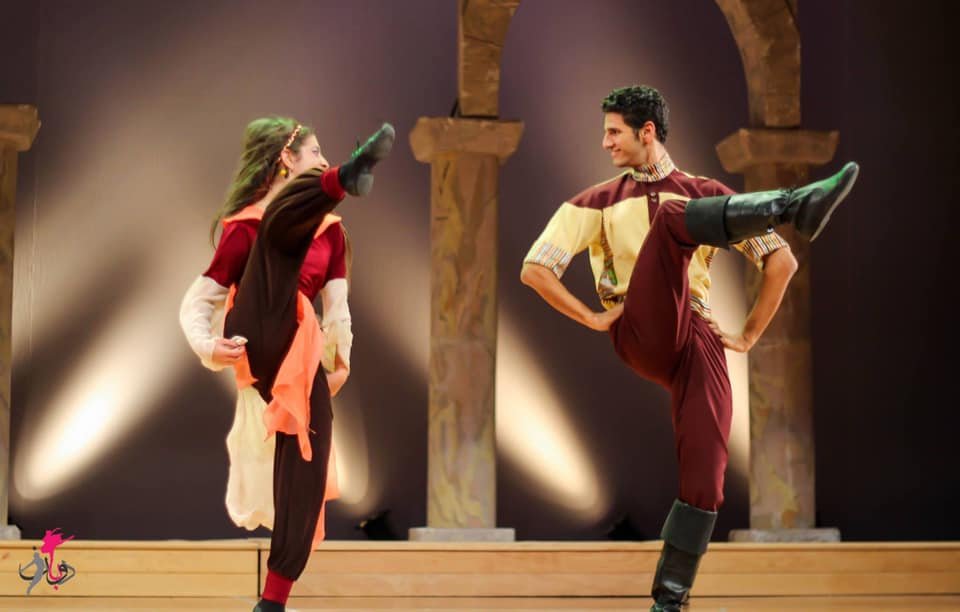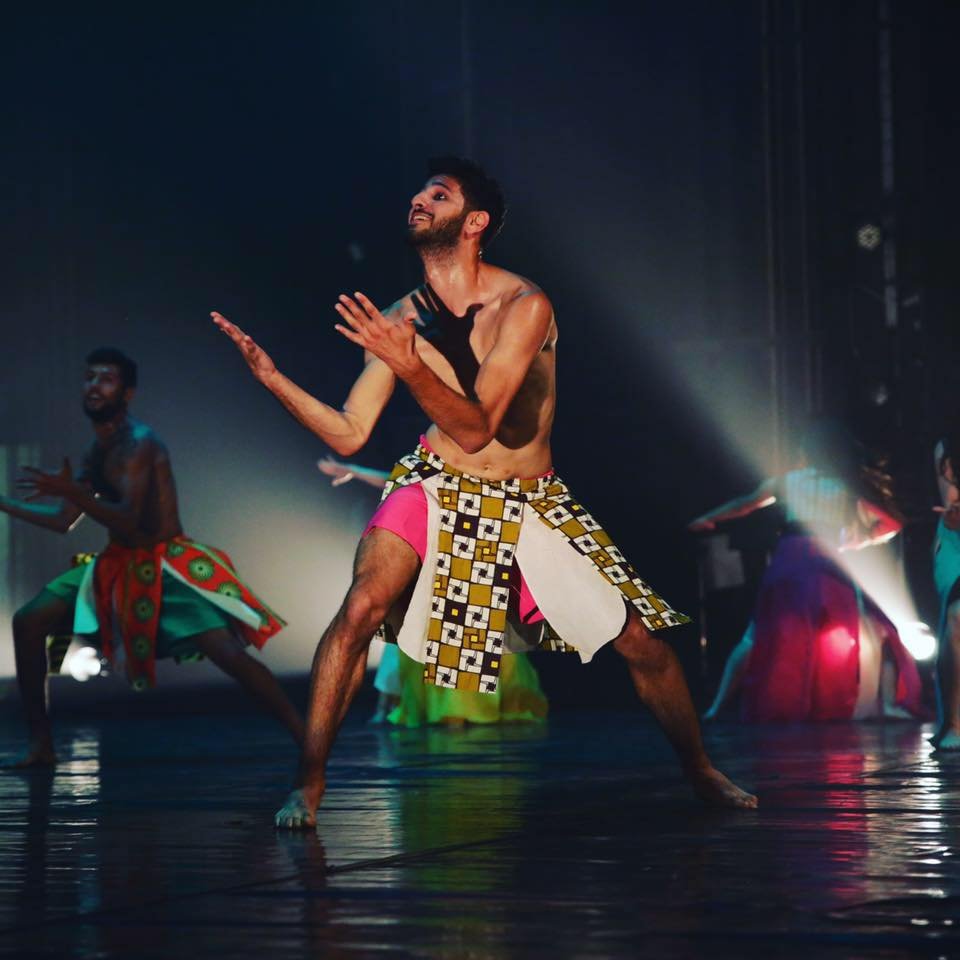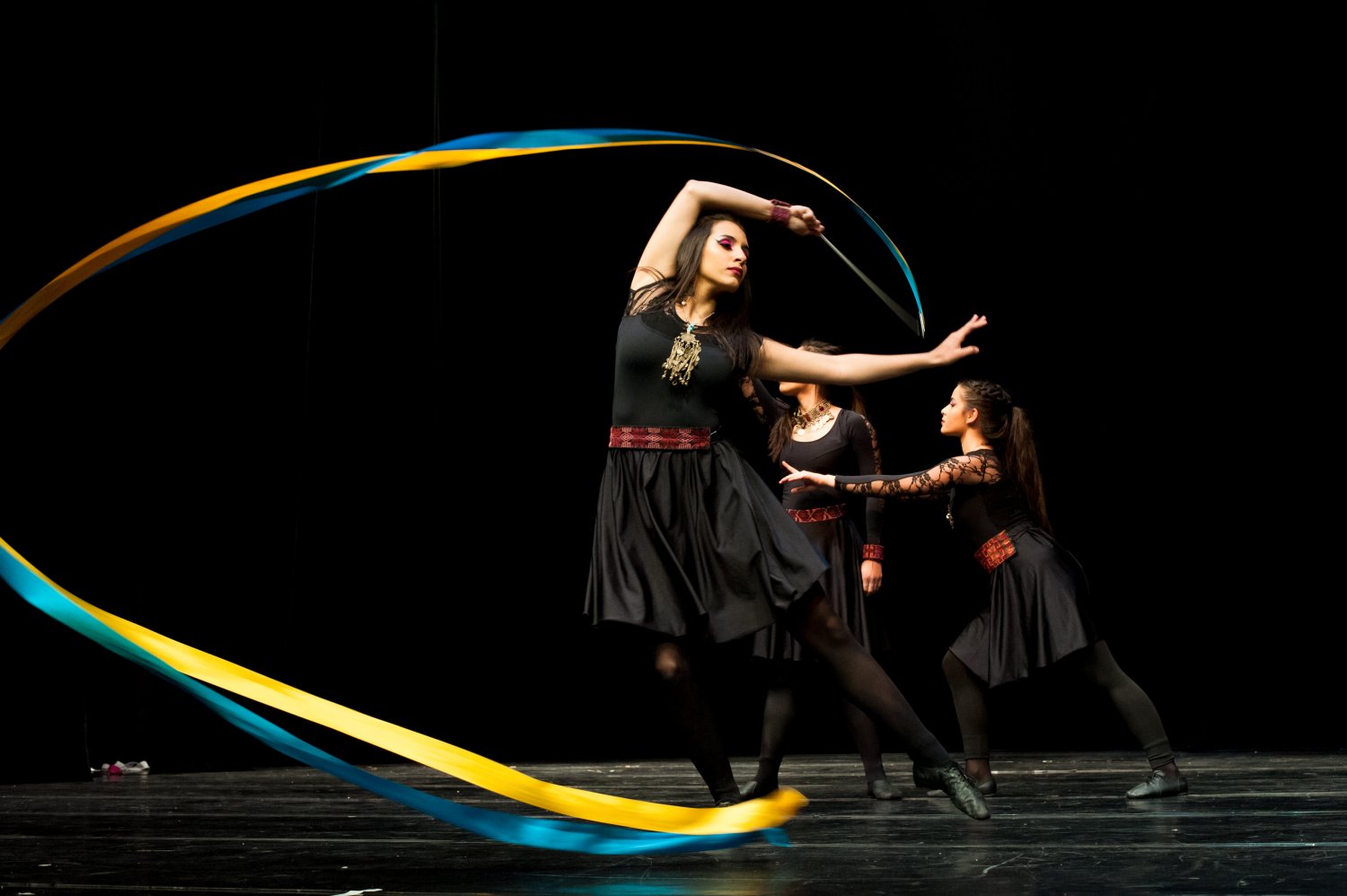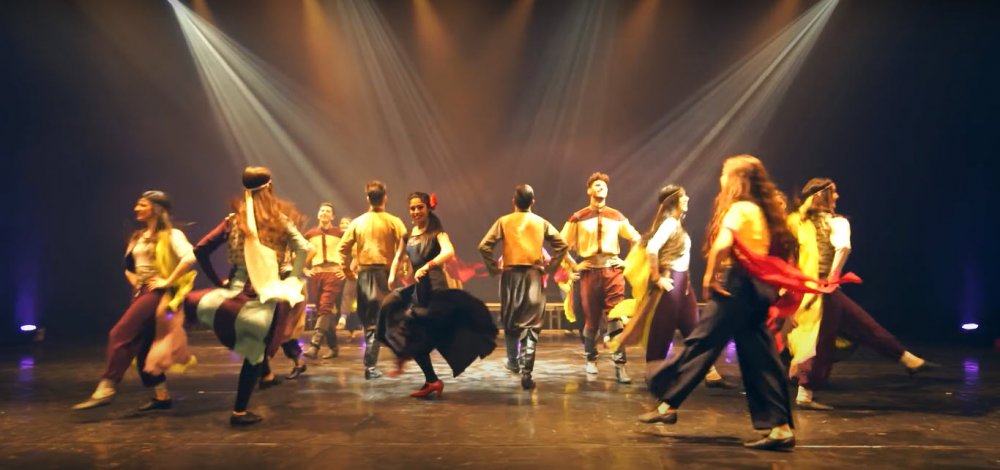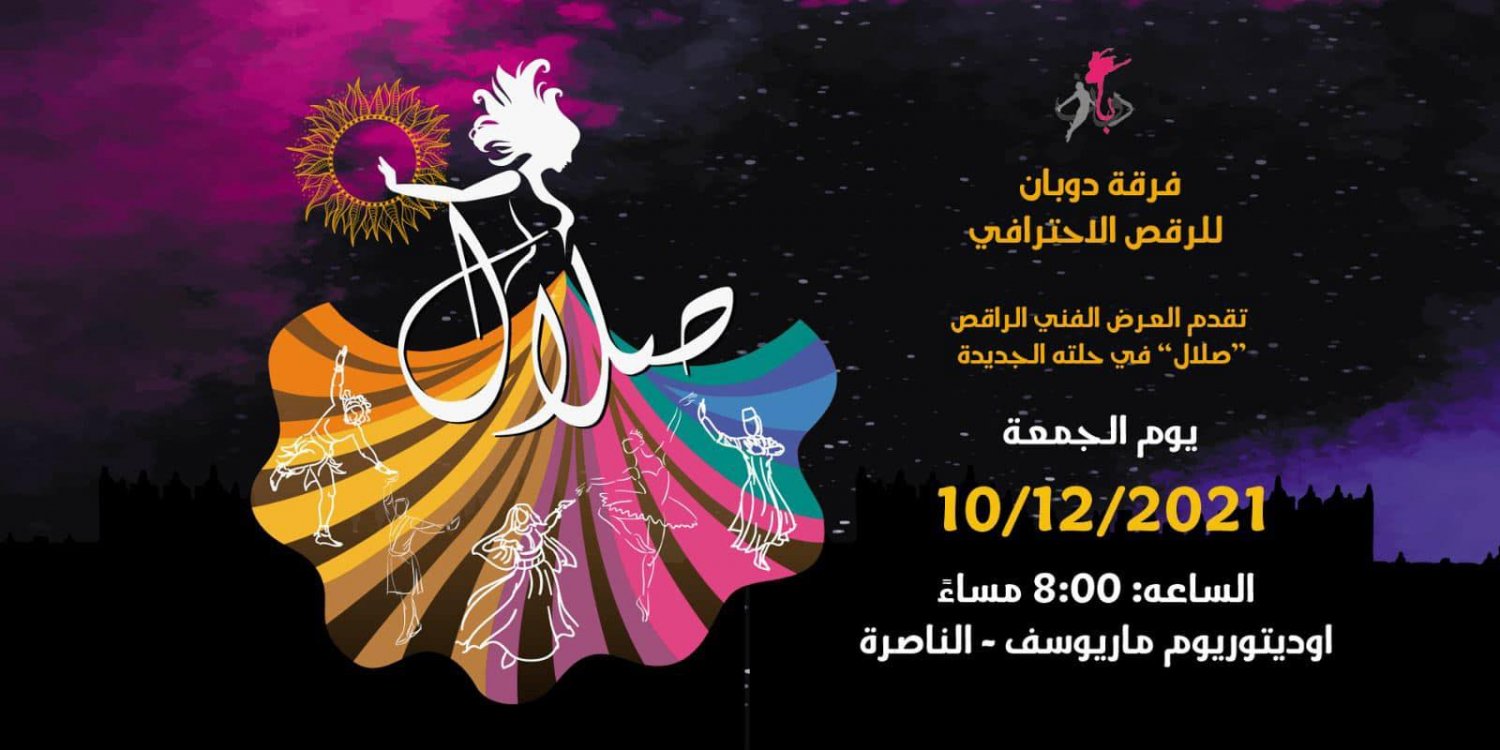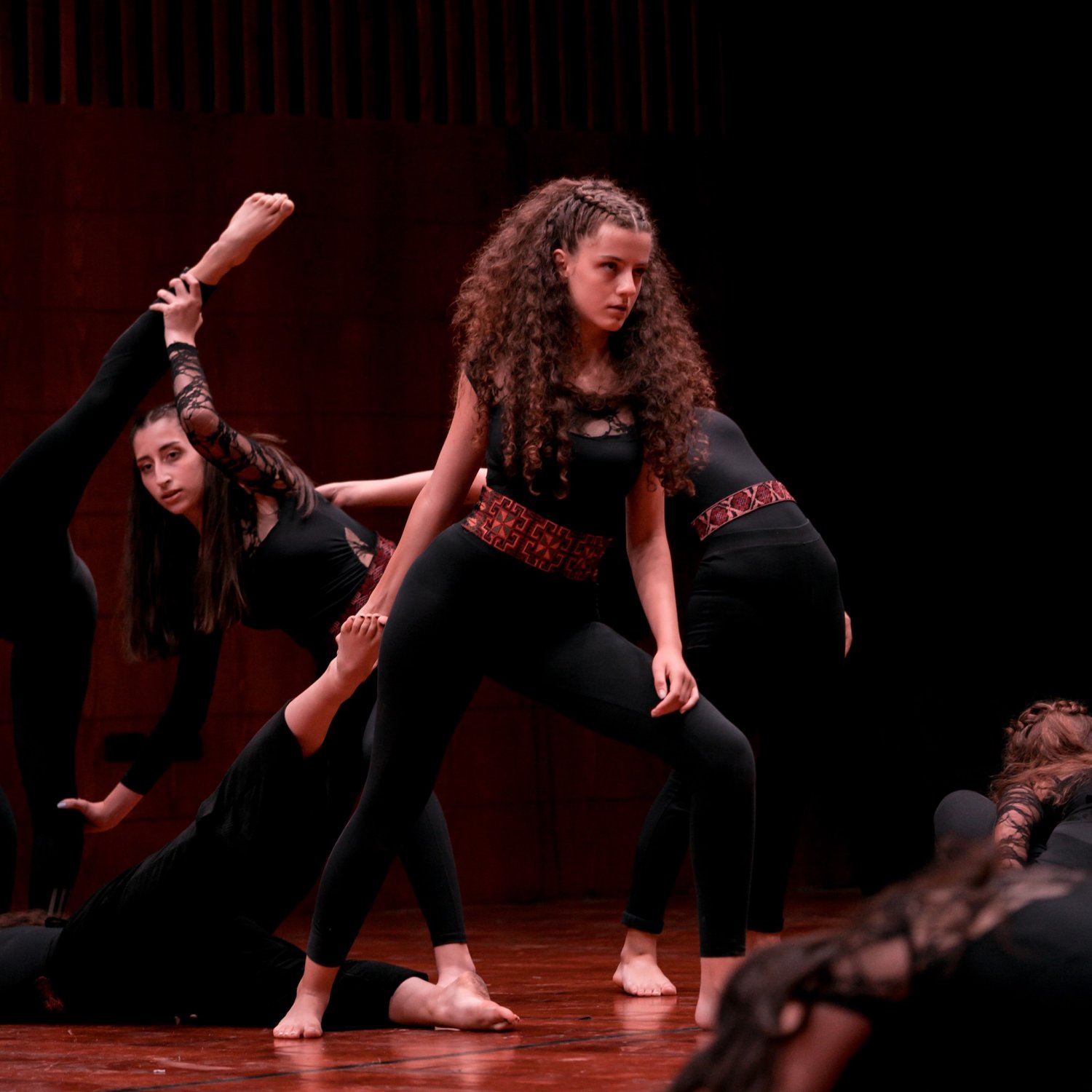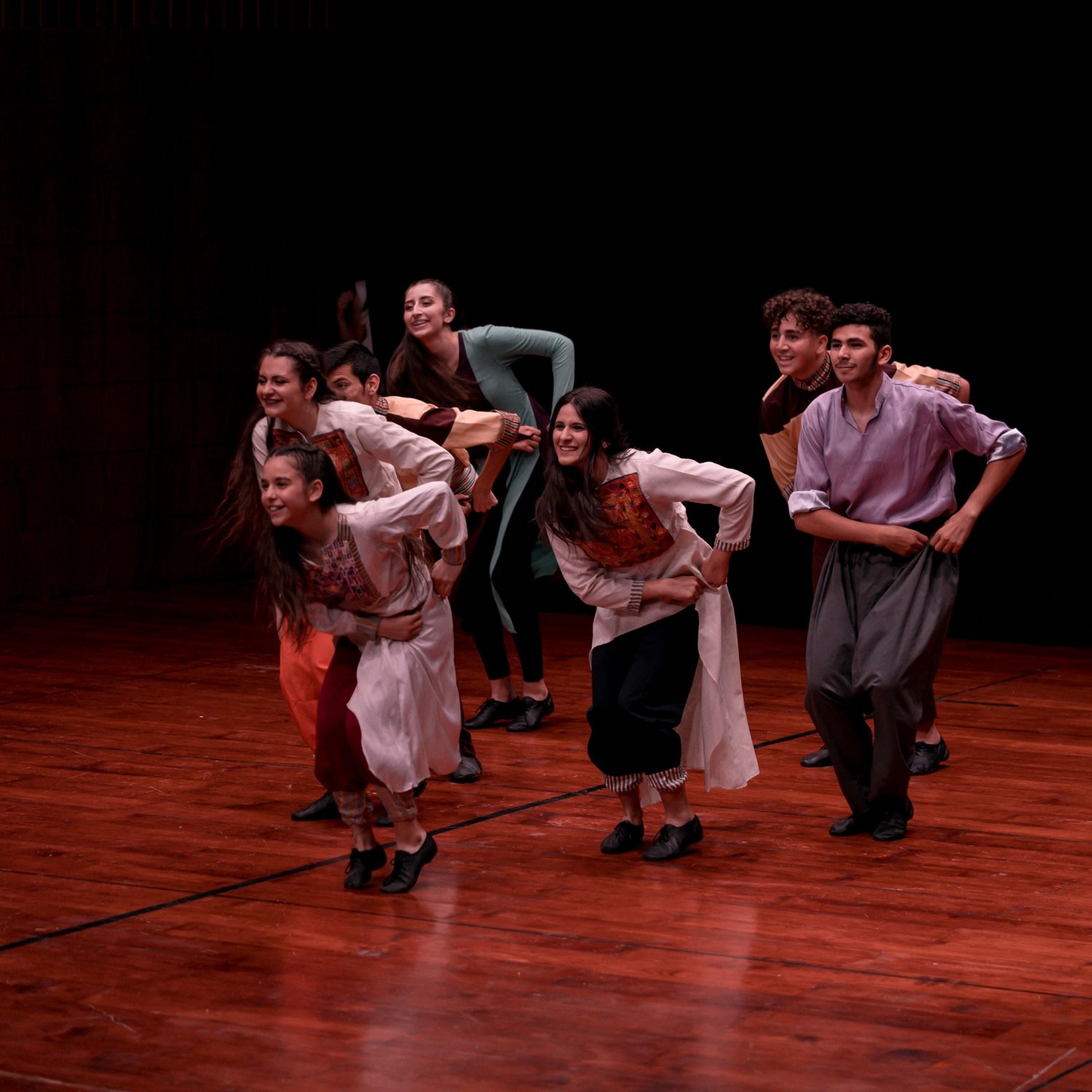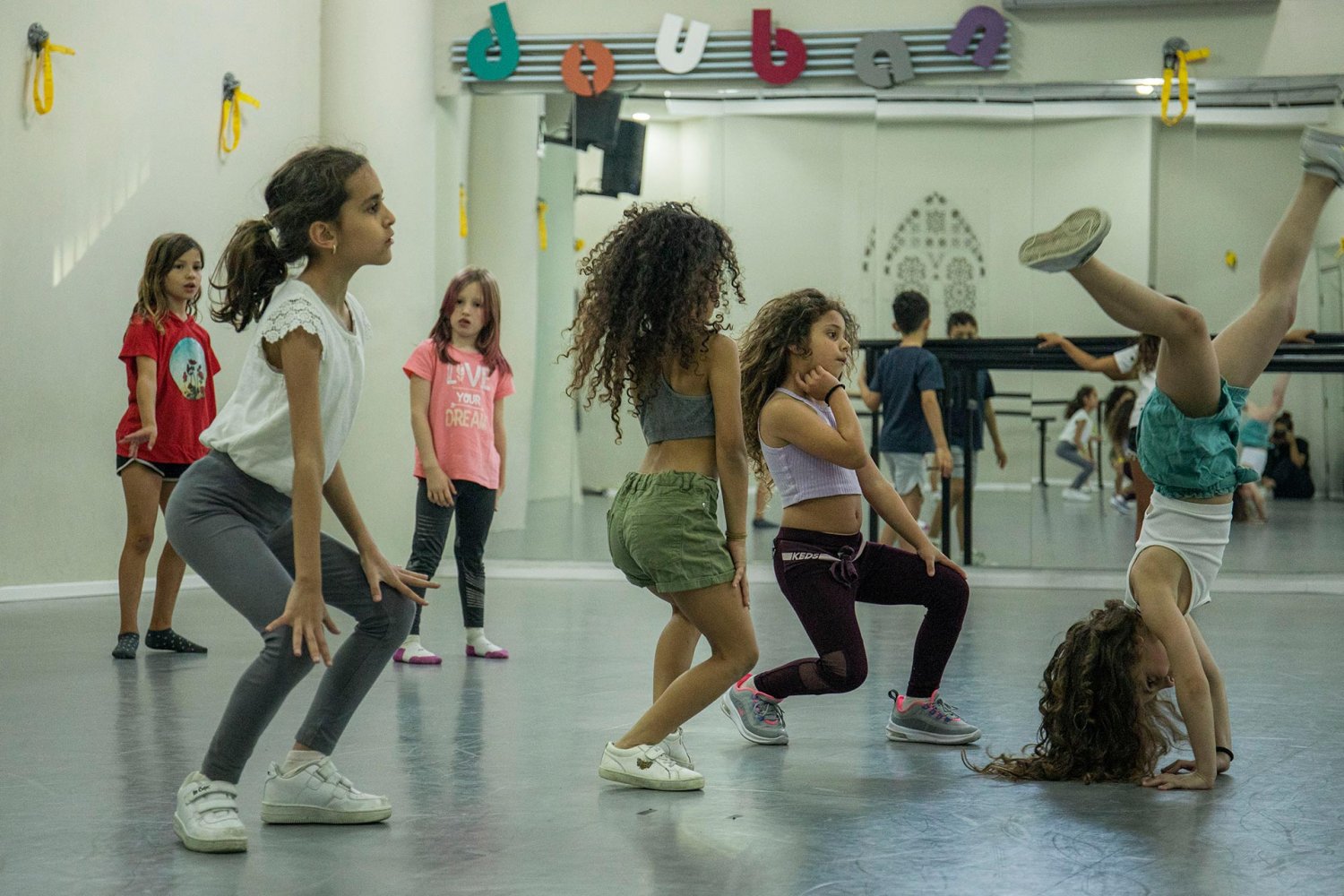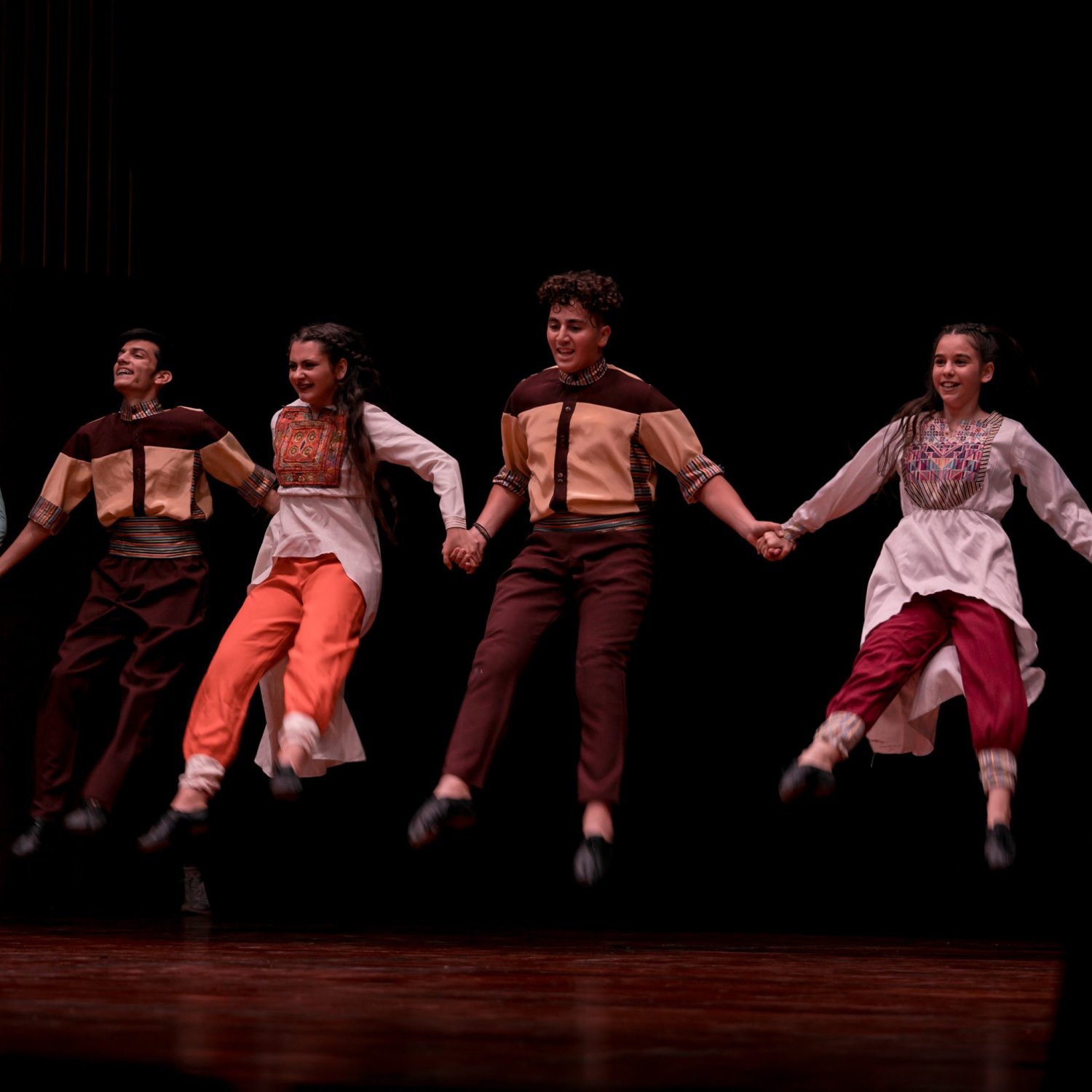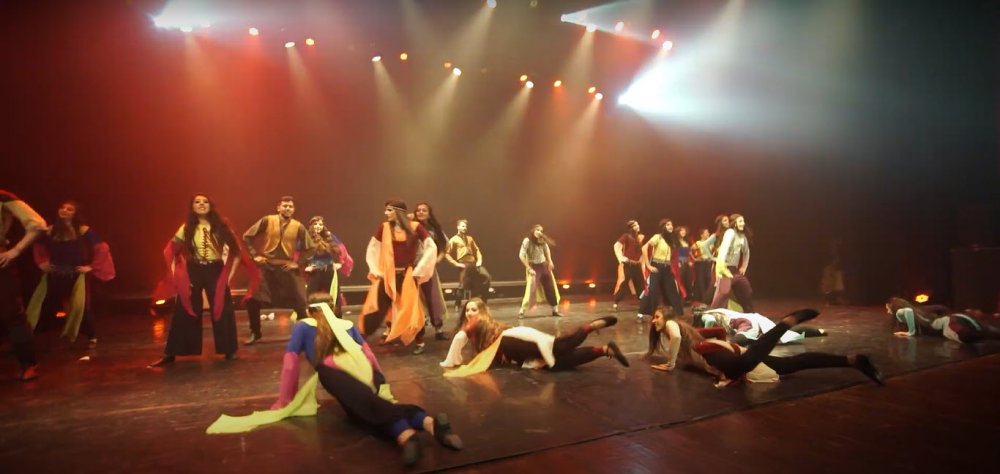Tams insists that formal instruction in dance theory can be “thrown in the trash can” if not combined with practical experience. He maintains that his work with children several years ago at al-Saraya Center for Community Services as well as in al-Sa‘diyya neighborhood gave him more actual dance expertise than any of his academic work.
Al-Sa‘diyya is one of the toughest neighborhoods in the Old City of Jerusalem, and Tams admits that it had been a real challenge for him to deal with some of its kids who struggled with various social and political issues, such as violence and police brutality.
“The violent space in Jerusalem is overwhelming for Palestinians. Children and youth find it difficult to make sense of their identity or find ways to express who they are,” Tams asserts. A dance teacher who works with children from different backgrounds, he observed countless behavioral problems among children and youth, many of which can be traced to the oppressive circumstances in which they live.
“Children often emulate the behaviors of adults in their surroundings,” Tams notes. These patterns, he explains, are often toxic, macho, and violent, and they can easily become destructive, with negative consequences for society at large.
When asked to identify some of these destructive patterns, Tams answers that they “depend on what part of Jerusalem these kids are from.” Children in Beit Hanina, Silwan, or Sur Bahir, for example, have different circumstances than those in the Old City of Jerusalem. Just as the geographic map of Palestinians has been fragmented by Israeli rule, so too have their realities and situational circumstances.
In the Old City of Jerusalem, he explains, many families struggle with estrangement; others are burdened by their stifling conditions and turn to drugs. Residents of the Old City of Jerusalem are in direct confrontation with the Israeli police and soldiers and Jewish settlers. “They have no space to let their energy out, as they are confined in overcrowded places,” Tams adds.
Besides the political constraints, there are also social, mental, emotional, and physical types of abuse and intimidation that the youth, including young women and girls, face. All of this makes it difficult for them to feel comfortable and confident in their bodies.
By and large, Tams says, there is a visible sense of desperation and loss among young Jerusalem Palestinians. As a dance teacher who has instructed hundreds of children between the ages of 12 and 18 over the past 10 years in Jerusalem, Tams is well aware of these issues. “These kids feel alone. They find themselves in a violent culture where they have to face everything on their own, with no guidance or mentorship.” Most of the kids struggle to make sense of their identity under the Israeli occupation, which considers them inferior beings while imposing itself on their education and livelihood.

